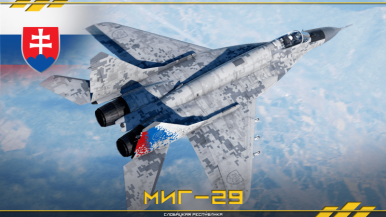
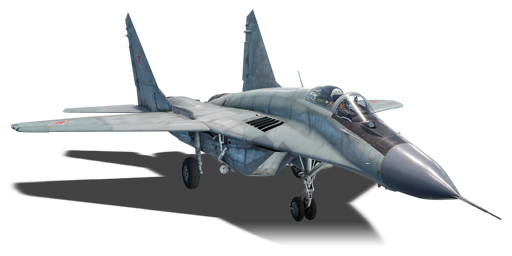


In the late 1960s, both the US and USSR witnessed the doctrinal advantages of supposedly "outdated" lightweight, highly agile fighters over the skies of Vietnam, and learned the harsh lesson that large missile trucks were not the future of air combat as they had anticipated. As such, the US and USSR quickly raced to develop new lightweight, high manoeuvrability air superiority fighters to replace their F-4 Phantom II and MiG-23 "missile trucks". With both designs being initially very similar for a frontline lightweight fighter, Mikoyan OKB would implement multiple new features in their Perspektivnyy Lyogkiy Frontovoy Istrebitel (LPFI, or "Advanced Lightweight Tactical Fighter") program over the American F-16, such as a second engine for redundancy and more thrust, a far more powerful radar and long range BVR missiles, and most famously, the "Kill-on-sight" doctrine involving the Shchel-3UM/Zsh-5 helmet-mounted targeting system, giving the MiG-29 an unparalleled advantage in close range dogfighting over majority of its adversaries of the time. The aircraft's development would be plagued with problems, and would undergo multiple design changing decisions, such as cost saving measures required to field the Fulcrum at a 2:1 ratio over its heavier brother, the Sukhoi Su-27. In the end, the initial pre-production variant of the Fulcrum as we know it (titled the MiG-29A) would first take to the skies on October 6th, 1977, marking the beginning of a new era of military aviation in the Eastern world.
The MiG-29 (NATO Code: Fulcrum-C; Izdeliye Product] 9.13) was introduced in [Update "Apex Predators" as the first 4th generation fighter for the Soviet tech tree at the time. Being the first revision of the venerable Fulcrum family, updated to have a slightly larger internal fuel tank over its sister model, the 9.12, the differences are very minimal and the two aircraft are basically the same. The MiG-29 builds on techniques the player learned from both the preceding MiG-21 and MiG-23 aircraft in the tech tree, such as engagement prioritization of the MiG-21s and weapon system management of the MiG-23. The MiG-29 also brings into the mix tools and weapons not previously found on Soviet aircraft of that lineage, such as a proper Pulse-Doppler radar system (in contrast to the "pseudo-PD" radars with MTI mode found on the MiG-23 family) and the incredible R-27ER, one of the strongest SARH missiles in-game. The MiG-29 also offers an HMD (Helmet Mounted Display) targeting system, allowing the MiG-29 to aim its all-aspect R-60M and R-27T missiles off-boresight in ways previously impossible to other aircraft, opening the door to many new engagement options and opportunities. All in all, the MiG-29 is a powerful machine which offers a lot of tools to its pilots, truly worthy of starting the new era of 4th generation fighters in the Soviet tech tree.
flaps
flaps
flaps
brake
| Belt | Belt filling | Armor penetration (mm) at a distance: | |||||
|---|---|---|---|---|---|---|---|
| 10 m | 100 m | 500 m | 1000 m | 1500 m | 2000 m | ||
| AP-T/HEF-I | 55 | 53 | 45 | 37 | 31 | 25 | |
| AP-T/HEF-I/APHE/HEF-I | 55 | 53 | 45 | 37 | 31 | 25 | |
| AP-T/APHE | 55 | 53 | 45 | 37 | 31 | 25 | |
| AP-T/HEF-I/HEF-I | 55 | 53 | 45 | 37 | 31 | 25 | |
| APHE/HEF-I/HEF-I | 42 | 40 | 34 | 28 | 23 | 19 | |
| Name | Weight | Slot | ||||||
|---|---|---|---|---|---|---|---|---|
| 43.5 kg |  |  |  |  |  |  | ||
| 44 kg |  |  |  |  |  |  | ||
| 20 × | 376 kg |  |  |  |  | |||
| 235 kg | 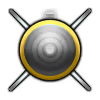 |  |  |  | ||||
| 4 × | 456 kg | 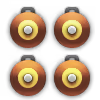 |  |  |  | |||
| 227 kg |  |  |  |  | ||||
| 2 × | 454 kg | 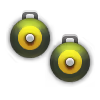 |  |  |  | |||
| 236 kg | 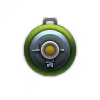 |  |  |  | ||||
| 2 × | 472 kg | 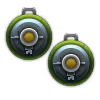 |  |  |  | |||
| 275 kg | 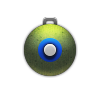 |  |  |  | ||||
| 2 × | 550 kg | 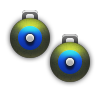 |  |  |  | |||
| 515 kg | 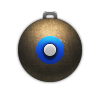 |  |  |  | ||||
| 508.3 kg |  |  |  |  | ||||
| 478 kg | 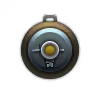 |  |  |  | ||||
| 374 kg |  |  |  |  | ||||
| 253 kg | 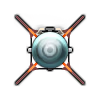 |  | ||||||
| 350 kg |  |  | ||||||
| 245.5 kg | 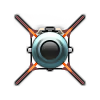 |  | ||||||
| 2 × | 1,030 kg | 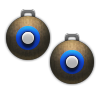 |  | |||||
| 2 × | 1,016.6 kg | 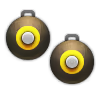 |  | |||||
| 2 × | 956 kg | 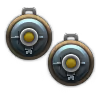 |  | |||||
| Drop tank (1520 liters.) | 116 kg |  | ||||||












Flight performance | |
|---|---|
Survivability |
|---|
Weaponry | |||
|---|---|---|---|
